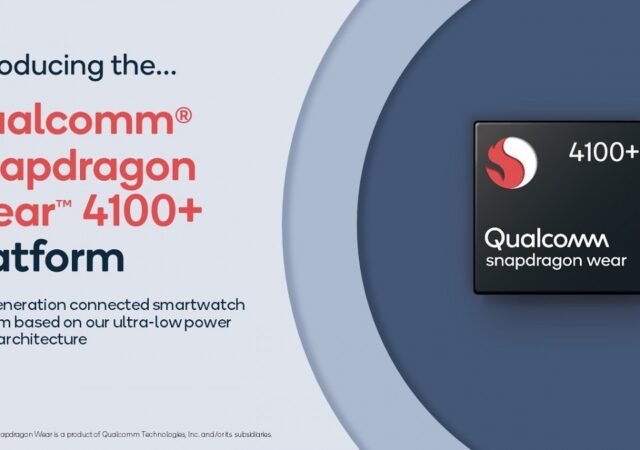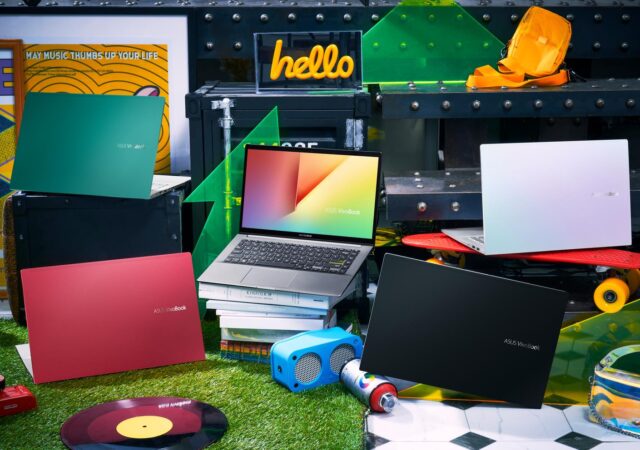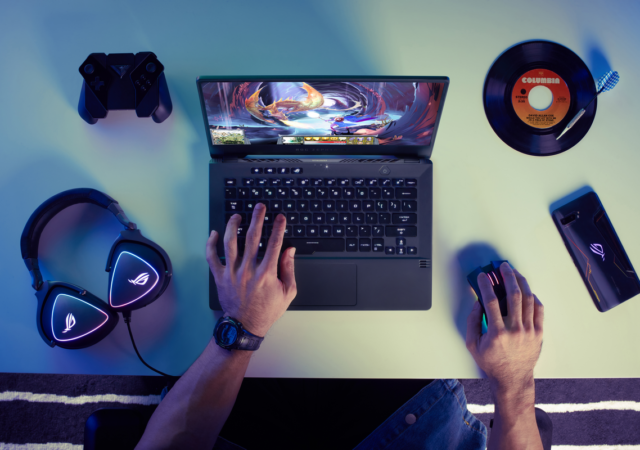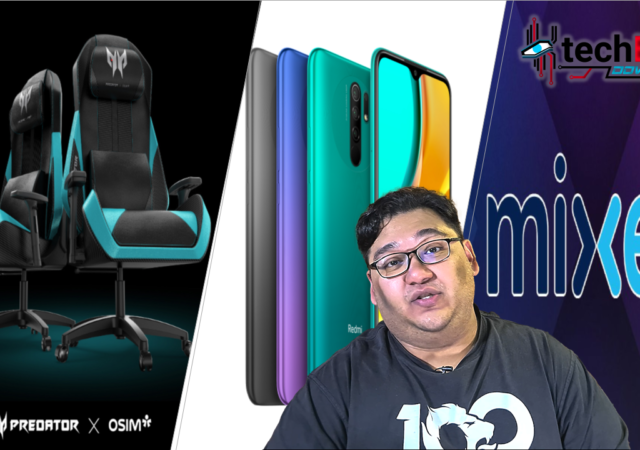Nutanix works on empowering businesses in empowering work from anywhere in the wake of the COVID-19 epidemic.
Qualcomm Snapdragon Wear 4100 Platform Unveiled
Wearables get better with Qualcomm’s new Snapdragon Wear 4100 platform. The new SoC for wearables is 85% faster than before while cutting back energy consumptions.
Samsung Makes the Kitchen Hi-tech with Family Hub
Samsung imbues the kitchen with connectivity with a new connected fridge, the Samsung side by side Family Hub.
AWS Outposts Makes It Way To Thailand & India
AWS Outposts makes its way to Thailand and India bringing the flexibility and adaptability of AWS cloud services to on-premises data centers supporting edge computing and hybrid cloud.
New ASUS VivoBook S Debuts in Malaysia
ASUS refreshes their VivoBook S line up with new colours, an updated processor and even more life!
ASUS ROG Malaysia Partners with Stoned & Co. for AniMe Inspired Streetwear Line
ASUS Republic of Gamers (ROG) collaborates with Stoned & Co. to bring a new streetwear apparel line for gamers!
ASUS ROG Zephyrus G14 Takes on Malaysia with Compact Size & Powerful Specs
ASUS unleashes the ROG Zephyrus G14 in Malaysia complete with the eye catching AniMe Matrix and AMD Ryzen 4000 processors.
techENT Download | Mixer’s Dead, Redmi 9, Volvo Robotaxis, What’s next@Acer and more!
The techENT Download is back to get you up to date with another week filled with tech news! Get caught up with next@acer, the redmi 9, Volvo’s robotaxis and more!
AWS Outposts Land in Malaysia
Amazon recently announced the availability of AWS Outposts at their annual re:invent conference last year. The company is now bringing their edge computing service to Malaysia.

















